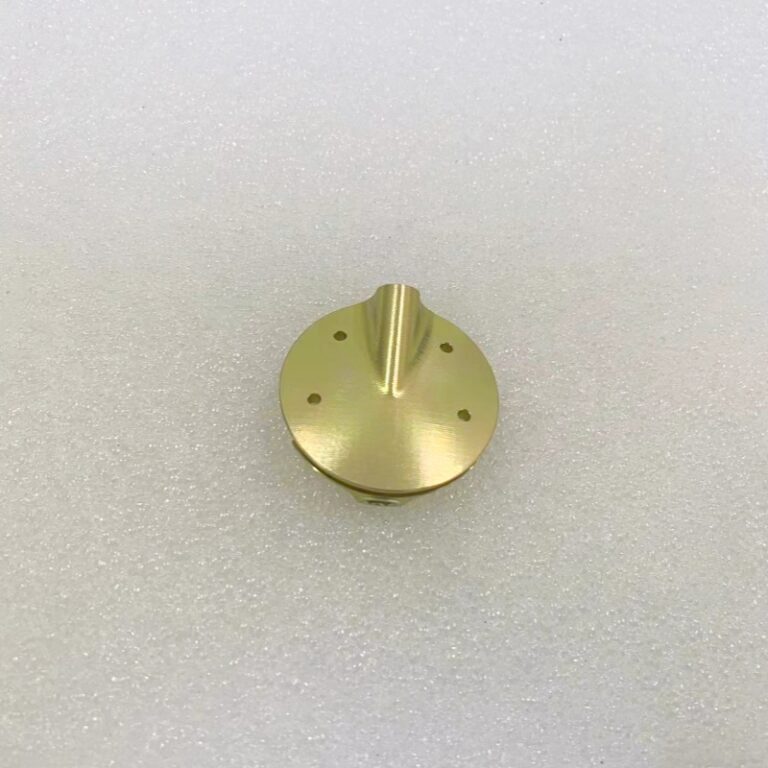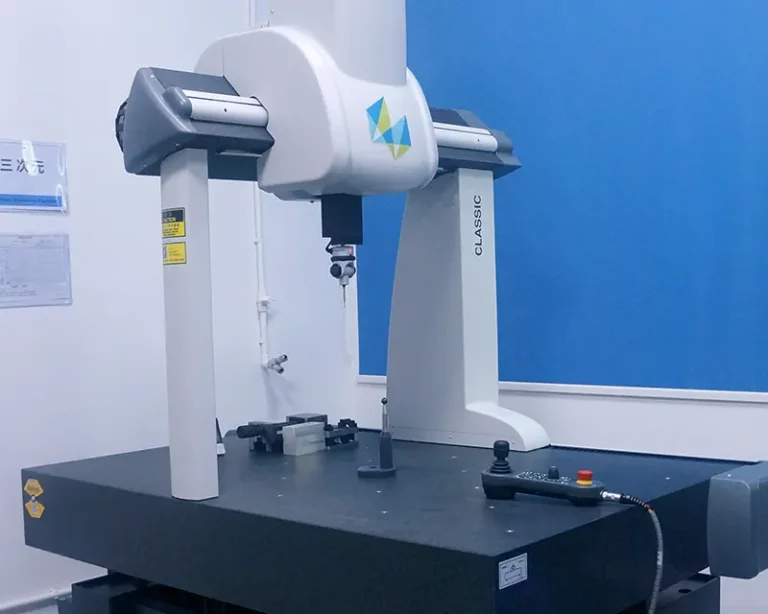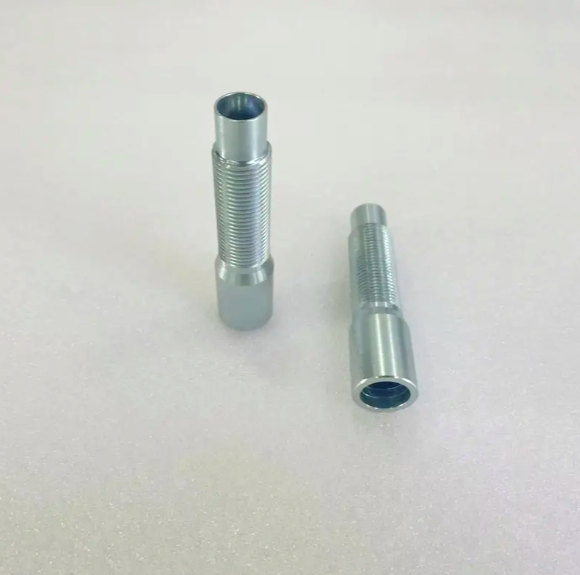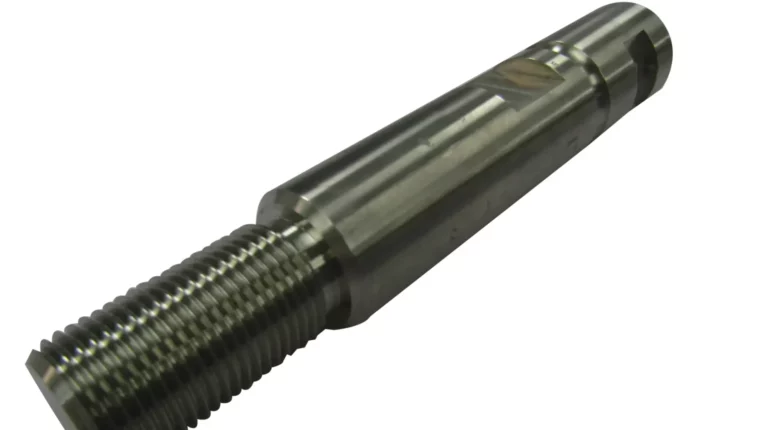Humidity is a crucial factor in various industries and environments, and accurate measurement is essential for maintaining optimal conditions. Humidity measuring devices play a vital role in monitoring and controlling humidity levels, ensuring the comfort, safety, and efficiency of processes. In this article, we will explore the different types of humidity measuring devices and their applications in various settings.
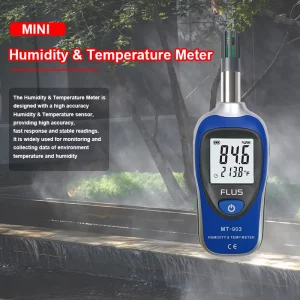
1. Hygrometers
Hygrometers are one of the most common types of humidity measuring devices. They are designed to measure the moisture content in the air and are widely used in industrial, commercial, and residential settings. There are several types of hygrometers, including psychrometers, capacitive hygrometers, and resistive hygrometers. These devices provide accurate and reliable measurements of relative humidity, making them essential tools for maintaining optimal environmental conditions.
2. Dew Point Meters
Dew point meters are specialized
humidity measuring devices that are used to measure the temperature at which air becomes saturated with moisture, leading to the formation of dew. These devices are particularly important in applications where condensation can cause damage or affect the quality of products, such as in the food and pharmaceutical industries. Dew point meters are also used in HVAC systems to prevent the formation of condensation and mold growth.
3. Humidity Data Loggers
Humidity data loggers are electronic devices that are used to continuously monitor and record humidity levels over a period of time. These devices are commonly used in research, pharmaceutical storage, and environmental monitoring. Humidity data loggers are equipped with sensors that can measure relative humidity and temperature, providing valuable data for analyzing trends and identifying potential issues related to moisture levels.
4. Psychrometers
Psychrometers, also known as wet and dry bulb thermometers, are traditional humidity measuring devices that rely on the principles of evaporative cooling to measure relative humidity. These devices consist of two thermometers, one with a wet bulb and the other with a dry bulb. By comparing the temperature readings from the two thermometers, the relative humidity of the air can be determined. Psychrometers are commonly used in HVAC systems, greenhouses, and industrial processes.
5. Humidity Sensors
Humidity sensors are electronic devices that are integrated into various systems and equipment to provide real-time measurements of humidity levels. These sensors are commonly used in HVAC systems, weather stations, and industrial automation. Humidity sensors can be based on different technologies, including capacitive, resistive, and thermal conductivity. They are essential components for maintaining precise control over humidity levels in controlled environments.
In conclusion, humidity measuring devices are essential tools for monitoring and controlling moisture levels in various environments. From hygrometers and dew point meters to humidity data loggers and psychrometers, each type of device plays a unique role in ensuring optimal conditions. By utilizing the right humidity measuring devices, industries and businesses can maintain comfort, safety, and efficiency while preventing issues related to excessive or insufficient moisture. Whether it's for industrial processes, storage facilities, or environmental monitoring, the accurate measurement of humidity is crucial for maintaining quality and productivity.
0 


